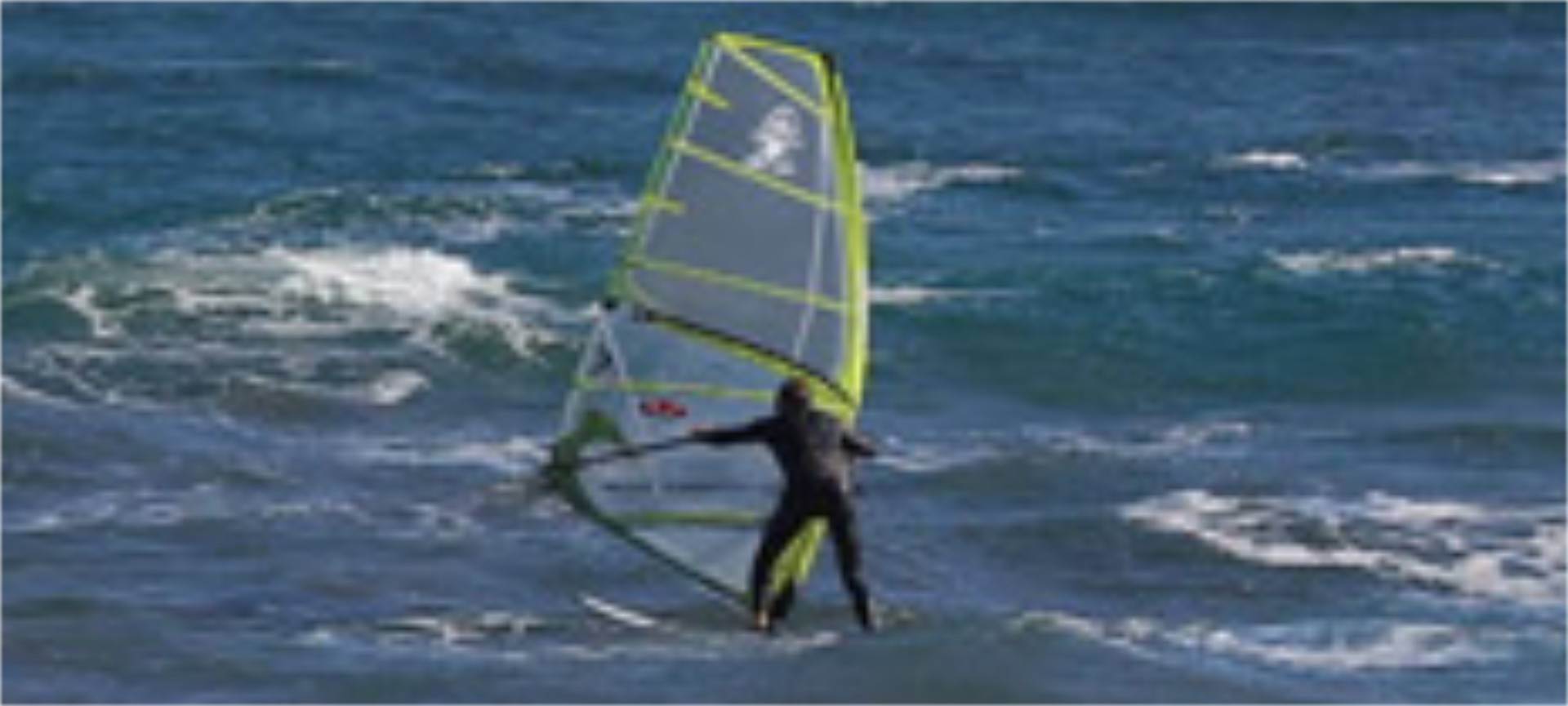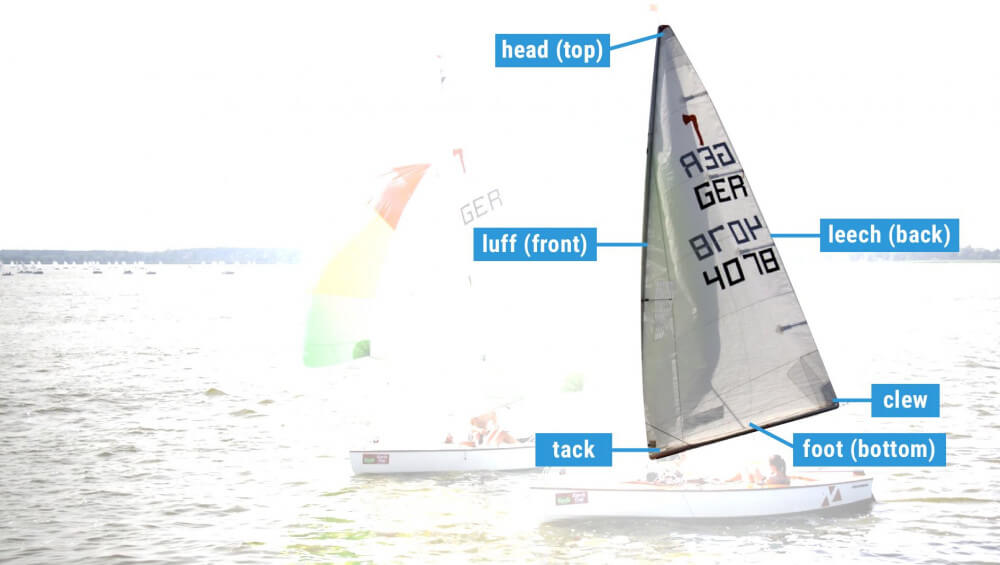

Tack and clew free#
In the meanwhile he “passes the course” to the man at the wheel, looks at the compass if going free or under steam, or at the sails if “full and by,” and this he should frequently repeat during the watch. Having received all the orders, information, &c., he will, on the watch being reported up, and the wheel and lookouts relieved, “relieve the watch,” and have the watch on deck mustered. Ten minutes is the usual time allowed for him to reach the deck.

Let it be supposed that an officer is called at 3:50 A.M. An outline of the daily routine at sea will be found in the internal rules and regulations of the ship, but a few minor details may be here mentioned.

The chafing gear will now be put on, the boats topped up and secured, and the studding-sail gear will be rove, if not done before leaving port. On piping down from getting under way the first lieutenant turns the deck over to the officer having the watch, who is at once to acquaint himself with the position of the ship, her condition, and all orders remaining to be executed.īefore losing sight of the land, the navigator takes the departure, puts over the patent log and sets the course, when the officer of the deck will commence heaving the log and marking the log-book. If the vessel be under sail alone, the anchors and chains are kept ready for use until a good offing is made. Dry and stow away everything used in getting under way. The chains after being cleaned are paid below. If the chains are not unbent the hawse-pipes are closed by means of jackasses (canvas bags stuffed with oakum). On getting clear of the harbor, the first lieutenant causes everything about the decks to be secured for sea the boatswain, upon receiving the order, secures the anchors, and, if a long passage is anticipated, the chains are unbent and the hawse-bucklers put in.


 0 kommentar(er)
0 kommentar(er)
